Optimal Timing for Outdoor Drainage Installation
Determining the optimal time for outdoor drainage installations depends on various factors including weather conditions, soil moisture levels, and project scope. Typically, the most suitable periods are during dry seasons when the ground is not saturated, allowing for easier excavation and installation. Installing drainage systems in favorable weather reduces delays caused by rain or frozen ground, ensuring a more efficient process.
Spring and early fall are often preferred for outdoor drainage projects due to moderate temperatures and lower rainfall, which facilitate installation work.
Avoid periods of heavy rain or snow, as wet or frozen ground can hinder excavation and pipe laying, potentially leading to project delays.
Dry soil provides better stability for trenching and reduces the risk of soil collapse, making installation safer and more effective.
Planning installations during seasons with predictable weather allows for better scheduling and resource allocation.
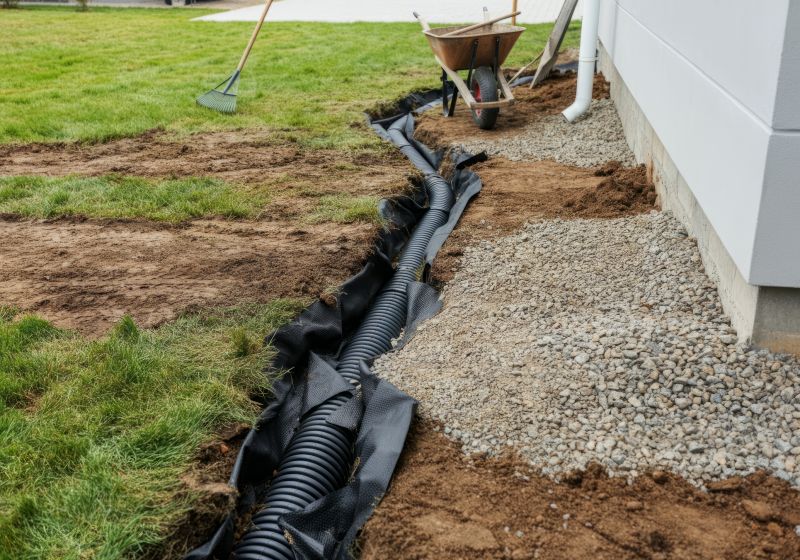
Ways to make Outdoor Drainage Installations work in tight or awkward layouts.
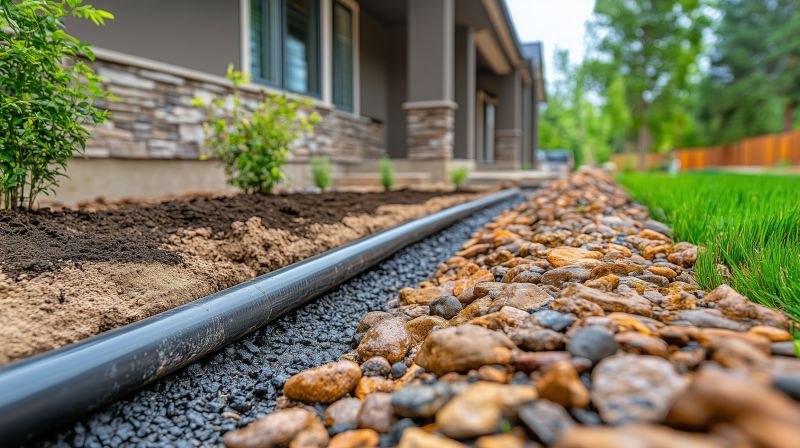
Popular materials for Outdoor Drainage Installations and why they hold up over time.

Simple add-ons that improve Outdoor Drainage Installations without blowing the budget.
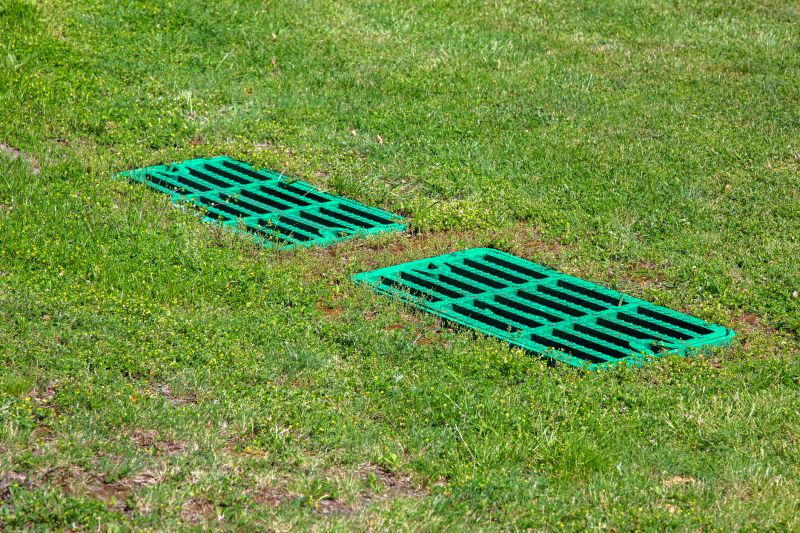
High-end options that actually feel worth it for Outdoor Drainage Installations.
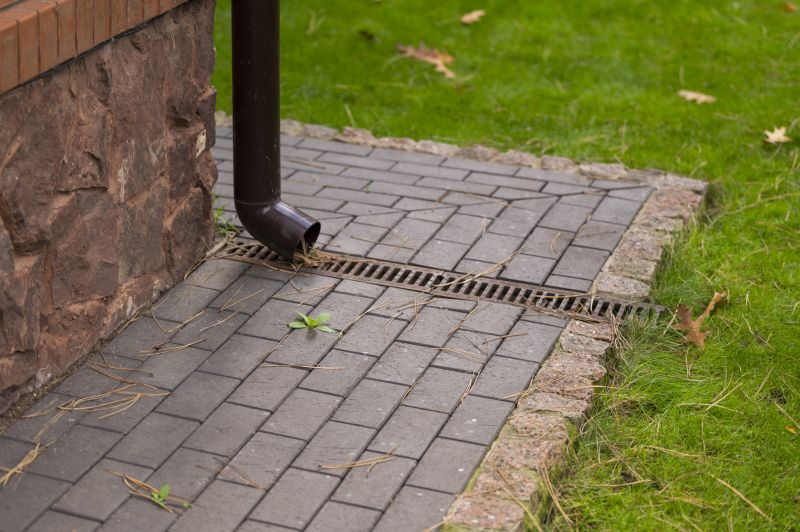
Finishes and colors that play nicely with Outdoor Drainage Installations.
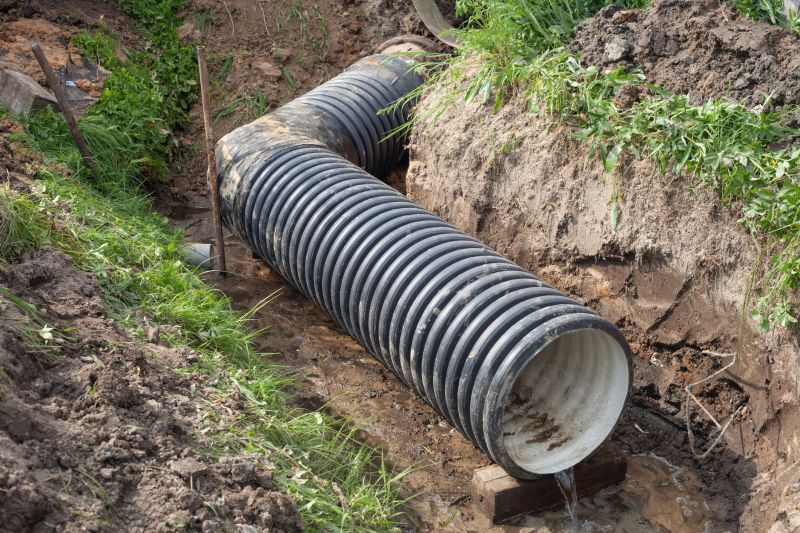
Little measurements that prevent headaches on Outdoor Drainage Installations day.
Outdoor drainage installations are essential for managing excess water and preventing water accumulation around properties. Properly installed drainage systems help protect foundations, reduce erosion, and improve landscape stability. The process involves excavation, pipe laying, and surface grading to ensure effective water flow away from critical areas. Installing drainage systems during optimal weather conditions enhances durability and reduces maintenance needs, making the investment more effective over time.
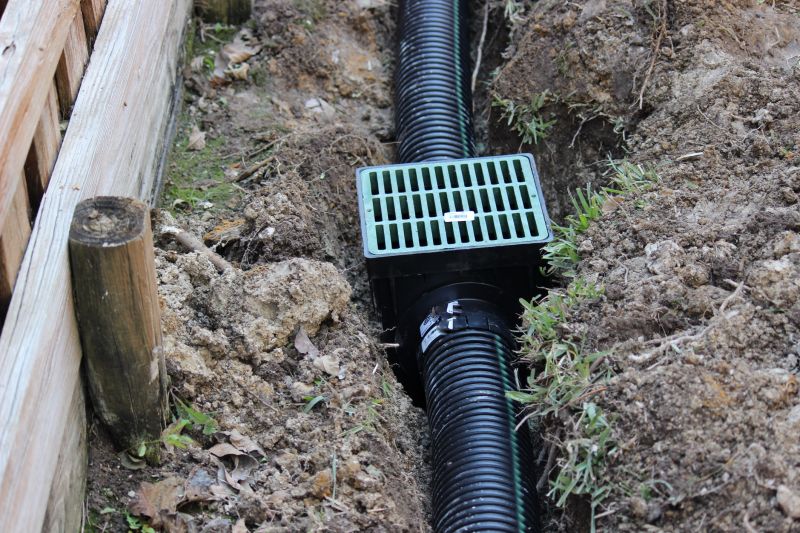
A 60-second routine that keeps Outdoor Drainage Installations looking new.
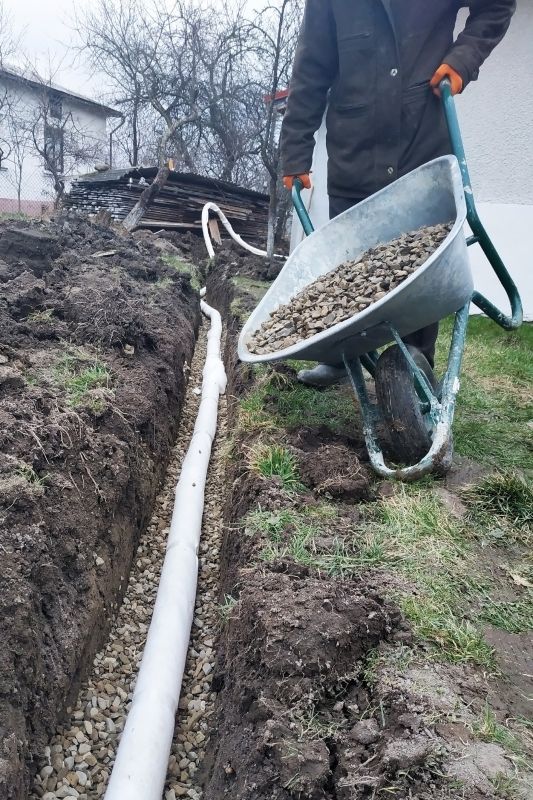
A frequent mistake in Outdoor Drainage Installations and how to dodge it.
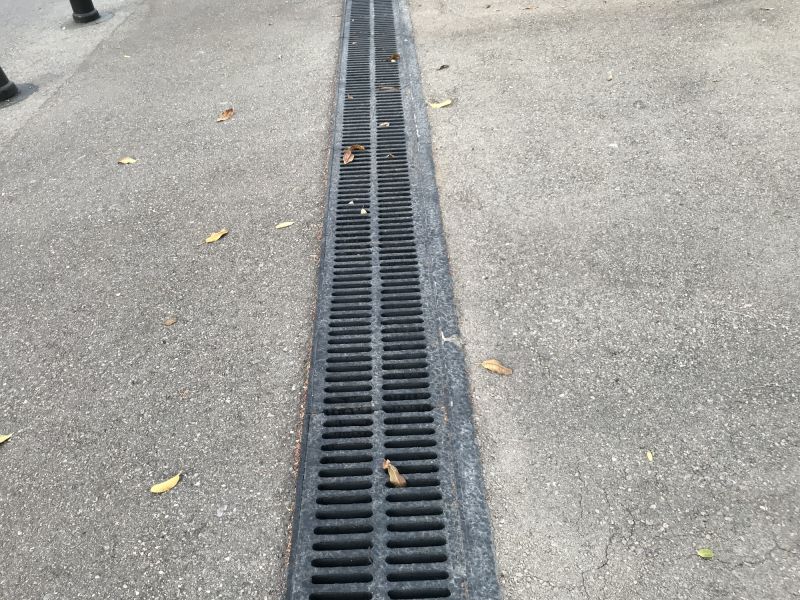
Small tweaks to make Outdoor Drainage Installations safer and easier to use.

Lower-waste or water-saving choices for Outdoor Drainage Installations.
| Season | Advantages |
|---|---|
| Spring | Moderate temperatures and manageable soil moisture levels |
| Early Fall | Lower rainfall and suitable temperatures |
| Summer | Longer daylight hours, but risk of heat and dry soil |
| Winter | Frozen ground complicates installation and can cause delays |
Choosing the right time for outdoor drainage installation ensures a smoother process and longer-lasting results. Proper timing minimizes disruptions caused by weather and soil conditions, leading to more efficient project completion. It is advisable to plan installations during seasons with predictable and stable weather patterns to avoid delays and additional costs.
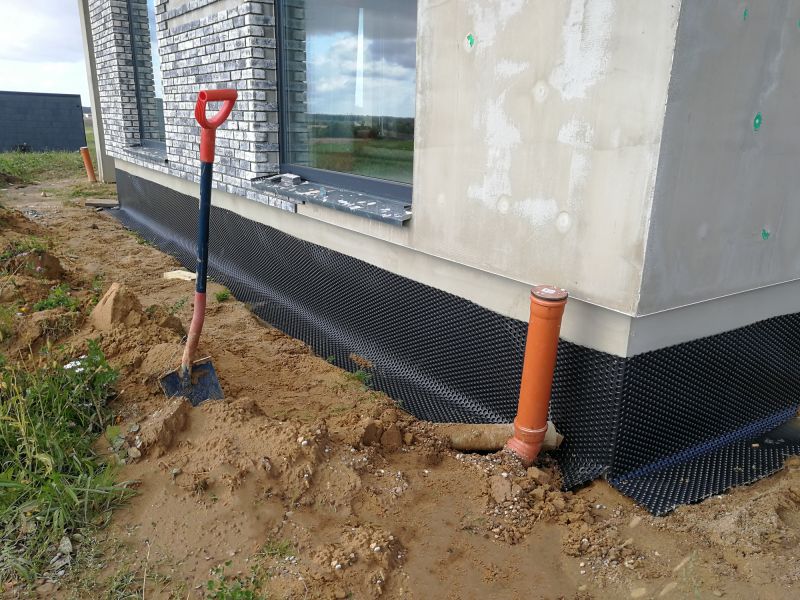
The short, realistic tool list for quality Outdoor Drainage Installations.

Rough timing from prep to clean-up for Outdoor Drainage Installations.
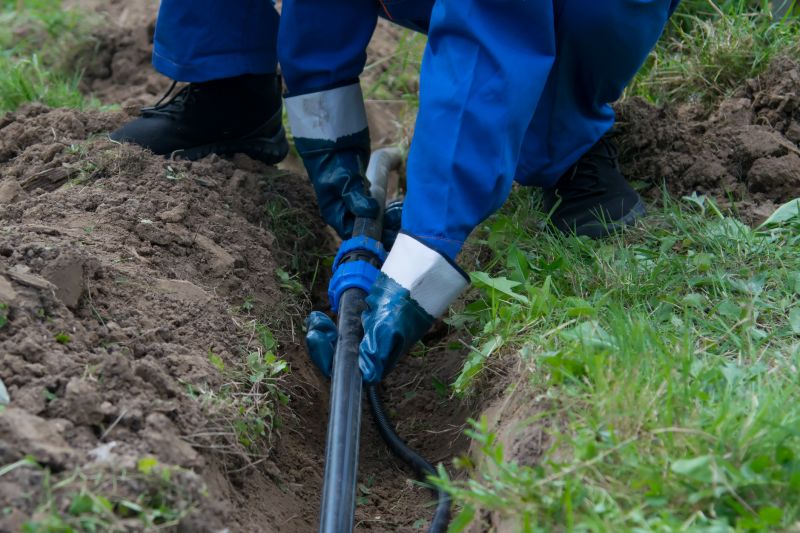
Quick checks and paperwork to keep after Outdoor Drainage Installations.

Examples that show the impact a good Outdoor Drainage Installations can make.
Interested in outdoor drainage installations? Filling out the contact form can provide more information and help plan the most suitable time for a project based on specific site conditions and requirements.



